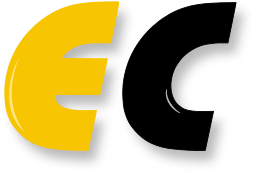 | EasyChair Smart Slide | User Guide/Log in |
| Home |

Hereditary ataxias can lead to the loss of speaking abilities, which in turn can strongly affect a person’s social isolation, and ability to complete daily tasks. A recently developed therapeutic intervention for dysarthria – the loss of speech due to neurological factors - is a therapy program of vocal exercises provided by expert speech pathologists. Due to the repeat and intensive frequency of these exercises, combined with the requirement of close clinical oversight, a novel method of delivery is required. The delivery must allow patients to perform these exercises in a systematic way, provide feedback to their supporting clinician in a timely manner, and be provided with graphical feedback of their progress in real-time both during the exercises and over the longer term. The SpeechAtax project has developed a tablet-based application that supports all of these requirements through novel audio-visual aids, notifications, and text information tailored to the patient’s condition and the stage of progress in their therapy. This paper presents the system architecture of the application, conceptual challenges and solutions, and shows how the platform supports qualitative feedback from a representative population.















